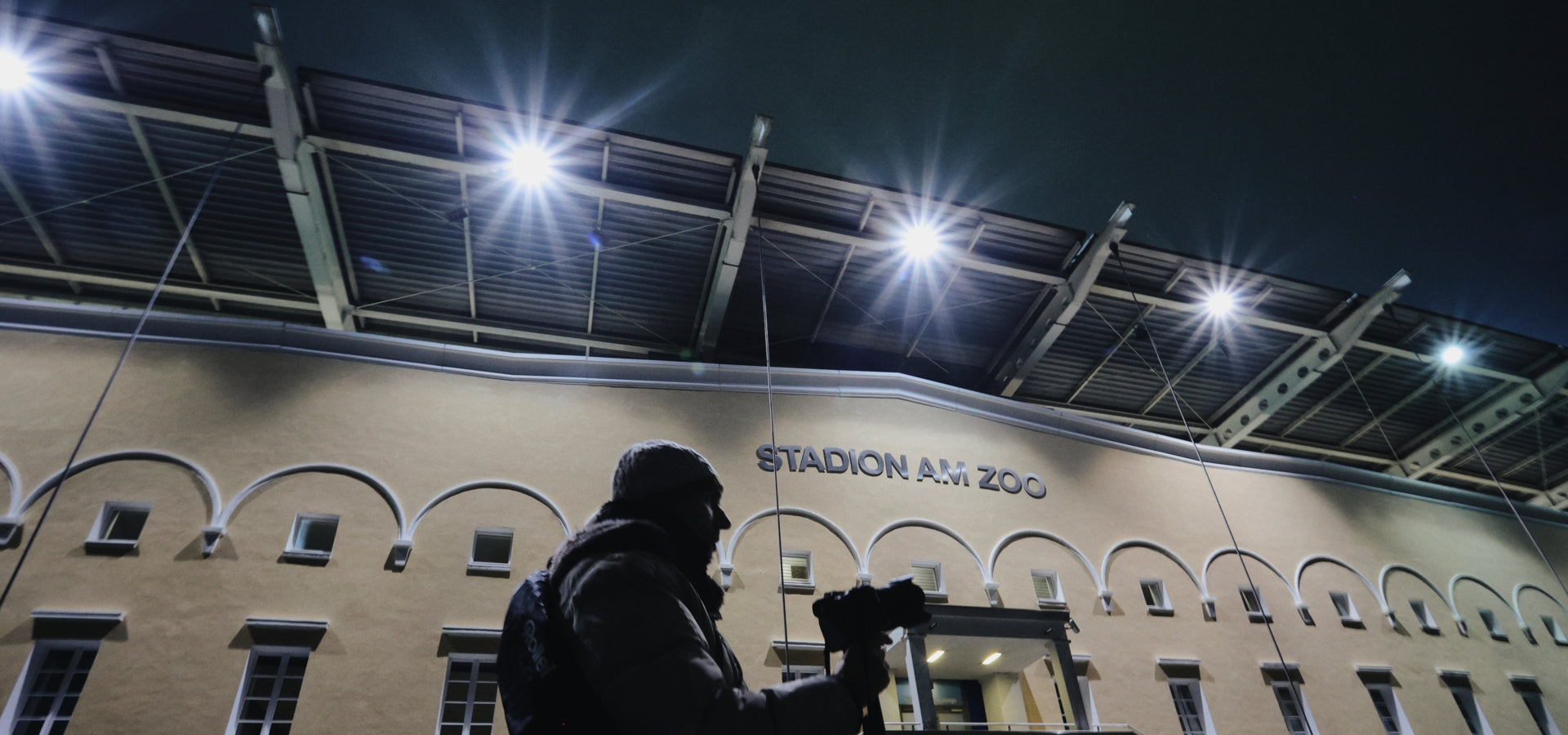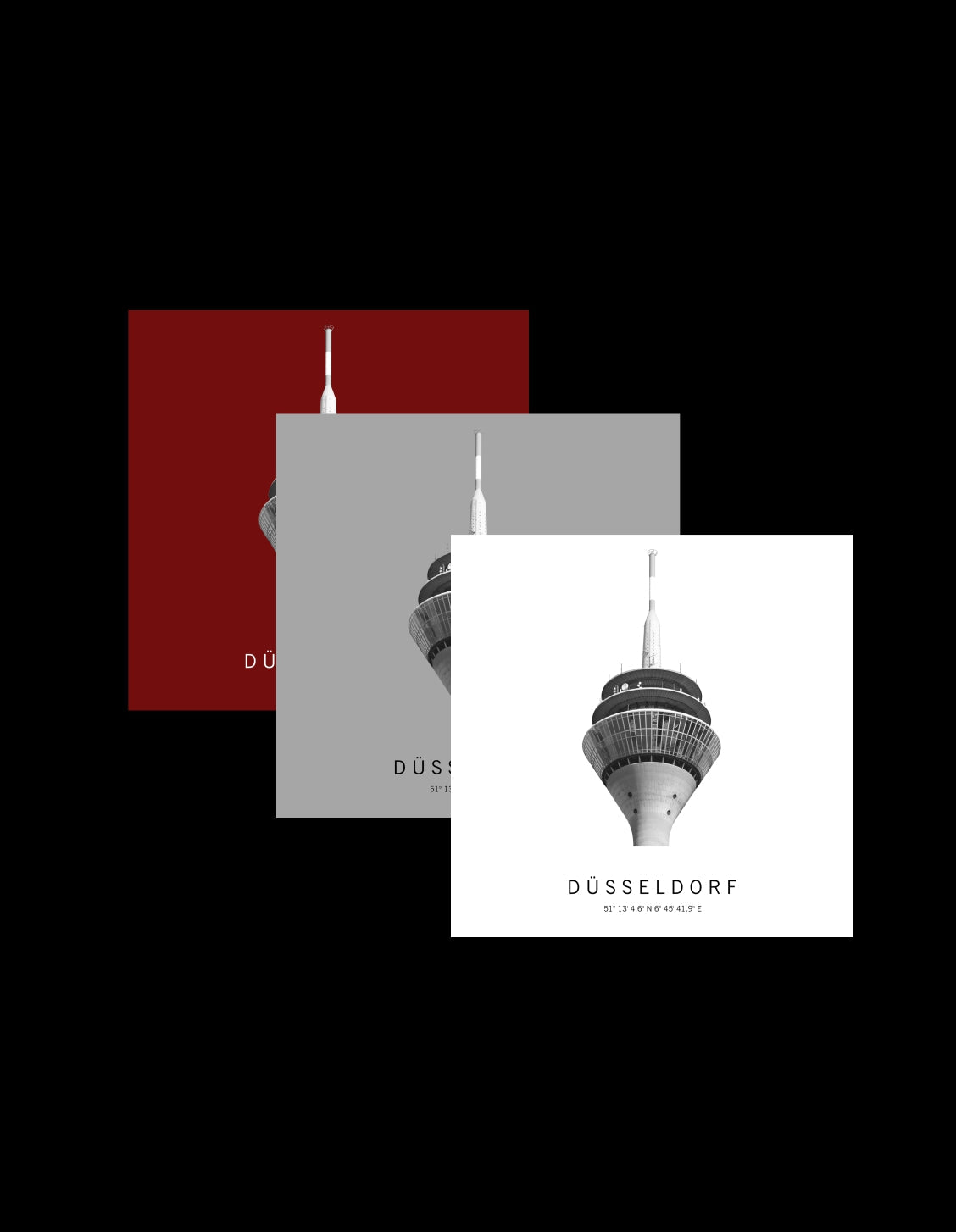
GUIDELINE IMAGE MATERIAL
The images we publish in our store are subject not only to certain minimum technical standards, but also to legal and ethical principles that comply with our values. That is our commitment to high-quality wall art.
PEOPLE AND IMAGE
All images in our store are exclusively genuine photographs taken by real people; AI-generated images or content do not correspond to our values. All images are created by us or our premium partners or licensed through artists and art galleries.
We ensure that all images not only meet our evaluation standards and requirements, but also comply with applicable copyright laws. You can find out exactly what this means in the following text.
FREEDOM OF PANORAMA
In principle, copyright law applies in Germany, for example to buildings, bridges, and all other types of structures. Normally, therefore, the architect, builder, or owner may decide whether a photograph, drawing, or video of their work may be used (Section 2 UrhG). However, there is one exception to this rule, known as freedom of panorama (Section 59 UrhG). Freedom of panorama applies to both privately produced photographs or drawings and commercial use.
According to Section 59 UrhG, it is permissible to:
"... reproduce, distribute, and publicly display works that are permanently located on public paths, streets, or squares by means of painting or graphic art, photography, or film. In the case of buildings, these powers extend only to the exterior view ..."
INTERIEUR
Interior photographs are generally not subject to freedom of panorama, even if the area is open to the public. Even if you have obtained a photography permit, e.g. for museums, this only applies to photographs taken and, if applicable, subsequently published for private use.
If you wish to use the images commercially, you require written permission from the owner. Larger institutions, such as the Zollverein Coal Mine Industrial Complex, offer this for a fee, but in some cases you can also obtain it free of charge or by offering to make the images available to the owner for use free of charge.
TEMPORARY
Panorama freedom also does not apply to temporary installations or exhibitions, even if these are intended to last for a longer period of time, e.g., over many months. Rule of thumb: The works to be photographed must be permanently attached to the ground.
Example: The Reichstag in Berlin is subject to freedom of panorama, but Christo's wrapping of the building in 2005 was a temporary installation - photographs of it could not and cannot be used commercially.
DRONES AND LIGHT
Light installations and projections are also not covered by freedom of panorama, for example, an LED light show using drones. Speaking of drones: drone footage is also not covered, although the legal situation here is still unclear in some respects. Courts have sometimes ruled in favor of photographers and sometimes against them. This may certainly change in the future when drones become part of the cityscape and virtually everyone owns one. We currently advise against using drone footage for commercial purposes and therefore do not accept it at this time.
PUBLICITY
Another important restriction on freedom of panorama that is unfortunately often overlooked is that the photograph must be taken from a publicly accessible location without the aid of ladders or similar equipment. A beautiful panoramic shot of the town church from the hotel room opposite is therefore not permitted. Even if you photograph a public building from private property, this is not covered by freedom of panorama.
It is also important to know that freedom of panorama for buildings only applies to the facade, so if areas inside can be seen through one or more windows, this does not apply.
PERSONAL RIGHTS
The right to one's own image is enshrined in general personal rights. This means that every person has the right to decide whether images of them are published.
In principle, therefore, people must not be recognizable in the recordings, unless they are “insignificant accessories,” i.e., they are not the focus of attention or cannot be clearly recognized. In case of doubt, the consent of the person (preferably in writing) must be obtained.
CASTLES AND FORTRESSES
A special feature still applies to many castles and palaces: since these are mostly private properties, freedom of panorama no longer applies once you have entered the grounds.
Even if access to the castle or palace grounds is freely accessible, the commercial use of photographs may be restricted by the owner, for example the federal state. For example, the Bavarian Palace Administration requires a fee-based photography permit for exterior photographs of its palaces. For Neuschwanstein Castle, for example, it states:
“... Commercial use of state property is not permitted without permission, so commercial photographers are not allowed to take photographs on our property without prior permission ...”
CONCLUSION
Panorama freedom is fraught with pitfalls, but if you are aware of them and comply with the legal framework, you can make good use of them as a photographer to offer images commercially.
Here is a summary of the most important points:
- Photographs must be taken from a publicly accessible location.
- No aids such as ladders or similar may be used.
- The subject depicted must be permanent and enduring.
- Interior photographs always require permission, even if the area is freely accessible.
- No persons may be recognizable in the image.
- Special regulations apply in some cases to castles and palaces.
Since freedom of panorama only applies in Germany, please inform yourself about the applicable regulations of the country from which you wish to provide us with images.
PREMIUM PARTNER
If you are submitting image material to us as a premium partner, you can refer to the guidelines above. As a general rule, we require a copy of the owner's written consent for all interior photographs that are to be published. If people are recognizable in the photograph and are not merely incidental to the image, we require a copy of the person's written consent.
We cannot publish photographs that depict children or minors.
MORE INFO
Here we have selected some interesting links on this topic for you:
https://www.gesetze-im-internet.de/urhg/
https://www.juraforum.de/lexikon/panoramafreiheit
https://www.urheberrecht.de/panoramafreiheit/
https://helpx.adobe.com/de/stock/contributor/help/known-image-restrictions.html
https://phototravellers.de/panoramafreiheit-das-gilt-fuer-fotografen/
Note: This text does not constitute legal advice. If in doubt, we recommend contacting a specialist copyright lawyer.
Cover image: wuppigraphy


